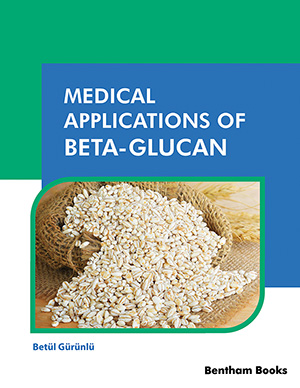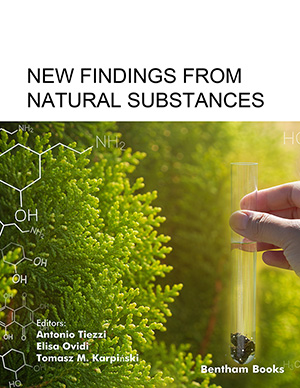Abstract
The liver is an important organ in the body's metabolism and excretory
system. The prevalence of many forms of hepatic illnesses is on the rise, resulting in a
major increase in morbidity and mortality worldwide. Viral hepatitis, alcoholic/non-alcoholic fatty liver disease, liver fibrosis, cirrhosis, hepatocellular cancer, and drug-induced liver injury are all important health concerns that take millions of lives each
year throughout the world. Pharmaceutical medications are frequently linked to liver
injury, and so have limited efficacy in the treatment of liver diseases. As a result,
herbal drugs have grown in popularity and are widely used. For a long time, herbal
remedies have been utilized to treat liver problems. There are a variety of herbal
preparations on the market. Herbal medicine has been used to treat liver disorders for
thousands of years. A large range of medicinal plants have been examined as
hepatoprotective agents in preclinical and clinical investigations. However, more
thorough research is needed to screen and evaluate the usage of herbal medicines in the
treatment of diverse liver illnesses. The goal of this review is to compile information on
promising medicinal plants that have been tested in hepatotoxicity models using
cutting-edge scientific methods. The damage to liver cells caused by various toxic
chemicals (antibiotics, chemotherapeutic agents, carbon tetrachloride (CCl4
),
thioacetamide (TAA), and microbes have been well studied. In this scenario, the
current synthetic medications to treat liver problems promote more liver damage. The
purpose of this chapter is to examine various hepatoprotective plants and herbal
formulations.
Keywords: Carbon tetrachloride, Hepatoprotective agents, Hepatitis, Liver, Liver Disorders, Phytochemicals, Thioacetamide.






















